The pictures in my submittal didn't come out, so here it is again with pictures. Hope the tying steps and photos are useful for you. Tight lines!
Trout Predator Online
Fly-Of-The-Month for February 2008
Charlies Nymph
This months selection is from the great book entitled Guide to Maryland Trout Fishing: The Catch-and-Release Streams, by Charlie Gelso and Larry Coburn. The last chapter of this book recommends patterns for fishing their home waters, but one fly in particular seems well-suited to any stream, as it represents the Black Winter Stonefly. You will see this insect walking on the snow in late February through March, particularly on the Farmington River. When the sun is bright, this hatch can be quite heavy, and given the relative paucity of other food items for trout during this time, the trout take notice.
For this recipe and tying instructions, I took a few liberties to update the pattern a bit, utilizing some modern materials such as UV Black Ice Dub. Add this fly to your nymph rig during March and you cant go wrong.
Materials:
1. TMC 3761, size 16-20 (here in a 16 for clarity)
2. Black 8/0 Uni-Thread
3. Fine Gold Wire
4. Black Krystal Flash
5. Brown Swiss Straw
6. Black Hard Head Fly Finish or Black Nail Polish
7. Hareline Dubbin Stonefly
8. Ice Dub UV Black
Tying Steps:
(1) Blend a mixture of ¾ Hareline Dubbin Stonefly with ¼ Ice Dub UV Black in your coffee bean grinder
(2) Start the tying thread mid-way and dub a small ball where the bend begins
(3) Advance the thread back to the mid-point and tie in one strand of Krystal flash to make a split tail
(4) Cut the tails to be half the hook length and tie in a fine gold wire
(5) Split a small section of Swiss straw in half length-wise to reduce wing case bulk. Tie in the wing case just ahead of the half-way point
(6) Take one turn of thread behind the Swiss straw to stand it up and move thread back to rear of fly. Dub a moderately stout section of thread
(7) Advance the dubbing carefully to build a tapered body, clearly thicker in the thorax. Remember that the thorax tends to compress when the wing case is pulled over.
( 8 ) For expediency, I rib my nymphs in this manner, taking close-spaced turns in the rear half of the fly, then making one wide turn through the thorax. Tie off the rib at the eye
(9) Fold the wing case over in a slight hump and tie off
(10) Cut the wing case off, whip finish and Velcro brush out some legs
(11) With the fly still in the vise, add a small droplet of hard head over the Swiss straw to darken and strengthen it, while adding a slight shine.
(12) Take your fly outside and drop it in the snow. You will see it is a close comparison to the actual insects.
Results 1 to 10 of 16
Threaded View
-
02-19-2008, 09:41 PM #1alanb_ctGuest
Feb. 2008 FOTM with Pictures "Charlie's Nymph"
Similar Threads
-
TPO "FOTM The Firefly"
By AaronJasper in forum General Fly Fishing DiscussionReplies: 34Last Post: 11-19-2024, 08:55 AM -
"Advanced Nymph Fishing" by Hafele and Smeraglio DVD Review
By alanb_ct in forum Nymph Fishing TechniquesReplies: 10Last Post: 11-18-2024, 06:58 PM -
"Czech Nymph" Nov. 2008 TPO FOTM
By alanb_ct in forum General Fly Fishing DiscussionReplies: 22Last Post: 11-18-2024, 10:13 AM -
May 2008 FOTM - March Brown Nymph
By alanb_ct in forum Fly Tying DiscussionReplies: 12Last Post: 11-06-2024, 12:20 AM -
TPO Fly of the Month "265 Nymph" - March, 2008 (Need Materials List)
By SirJohnny in forum Ask Aaron JasperReplies: 9Last Post: 11-19-2008, 12:47 AM









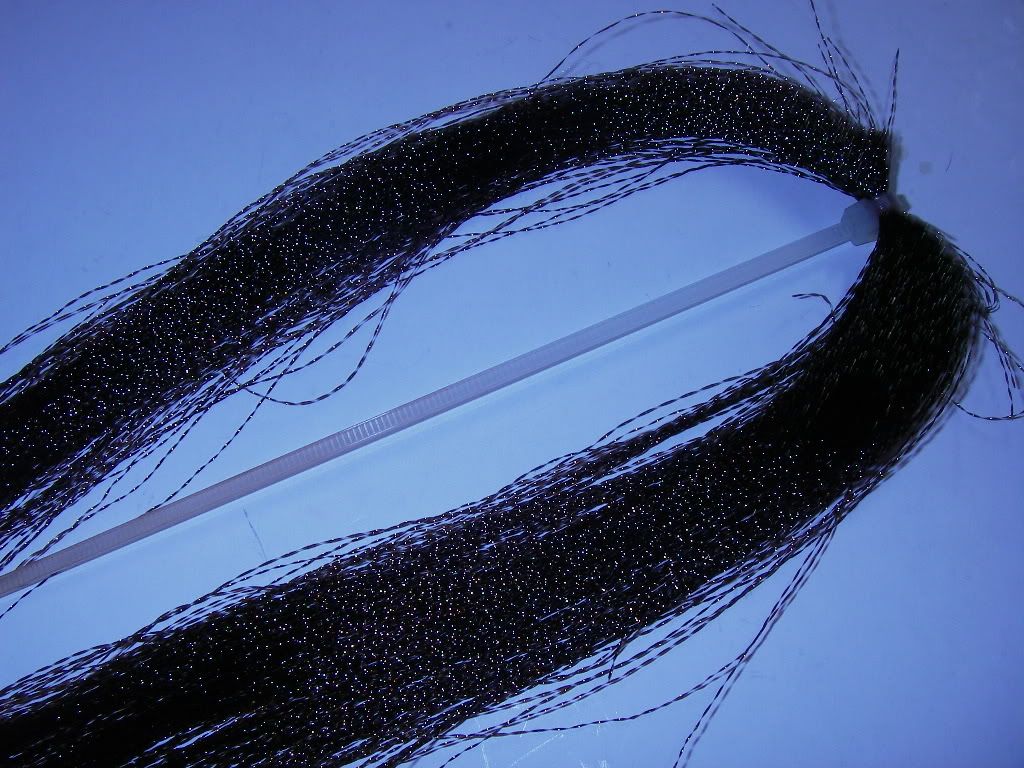



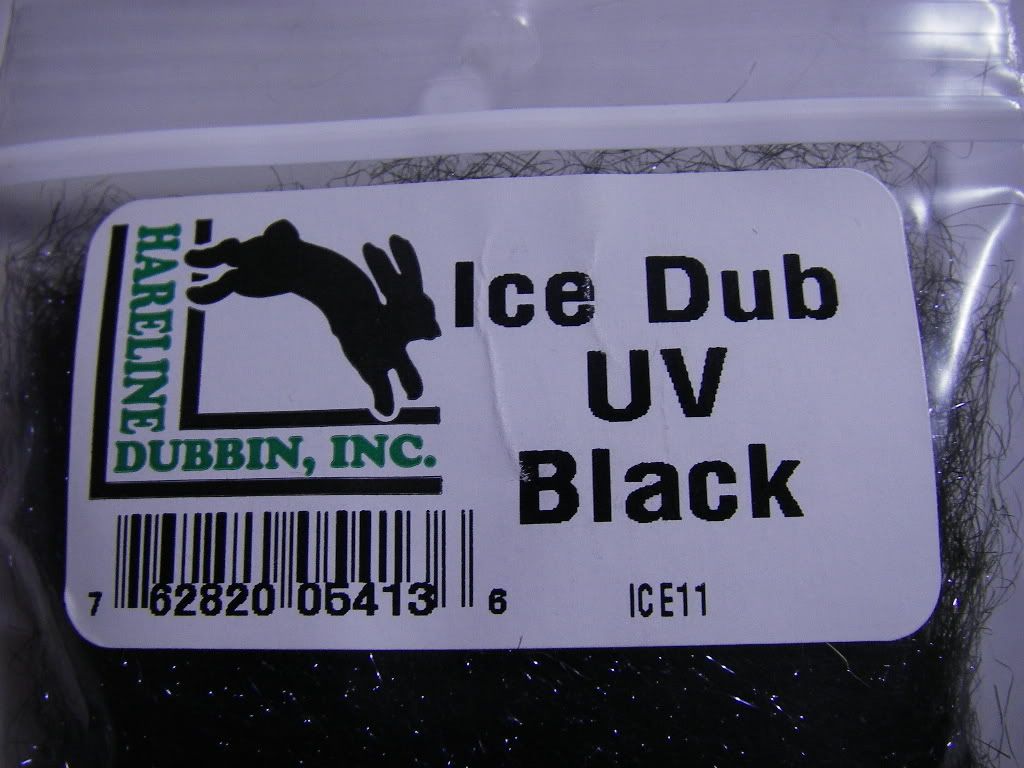

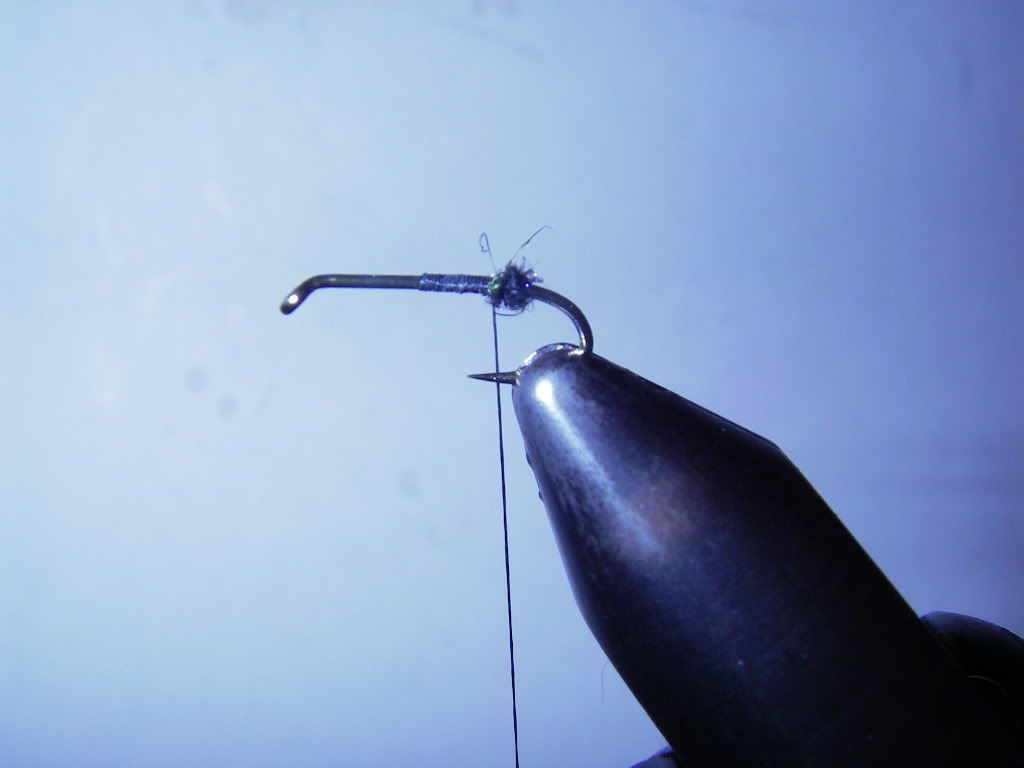

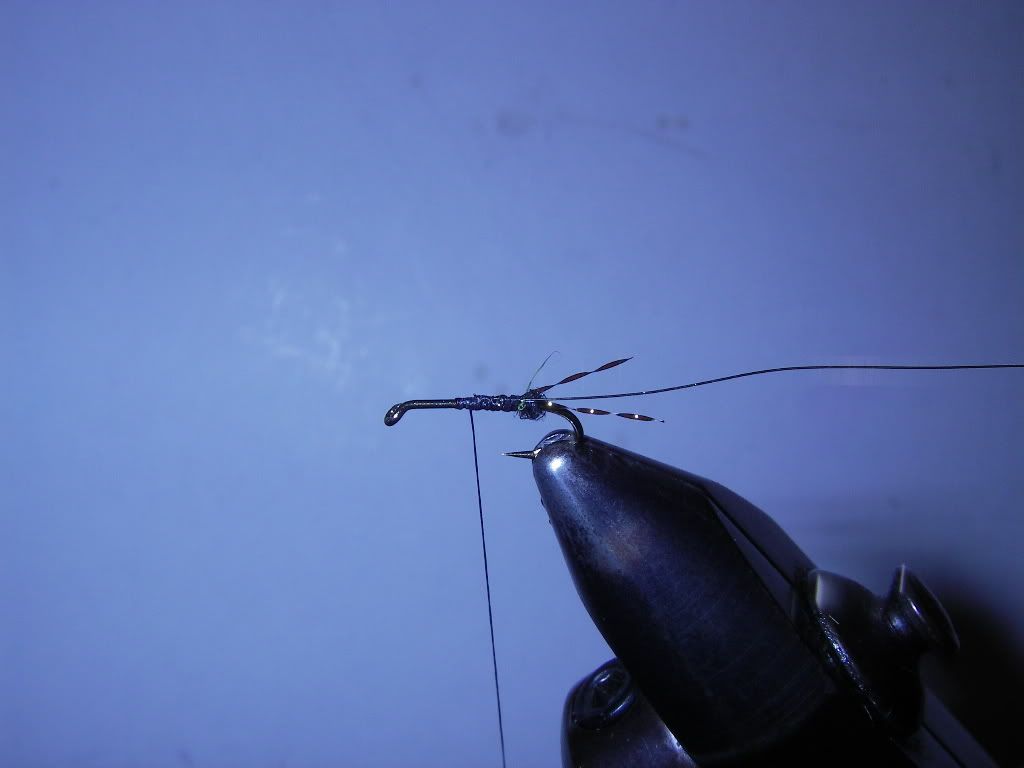
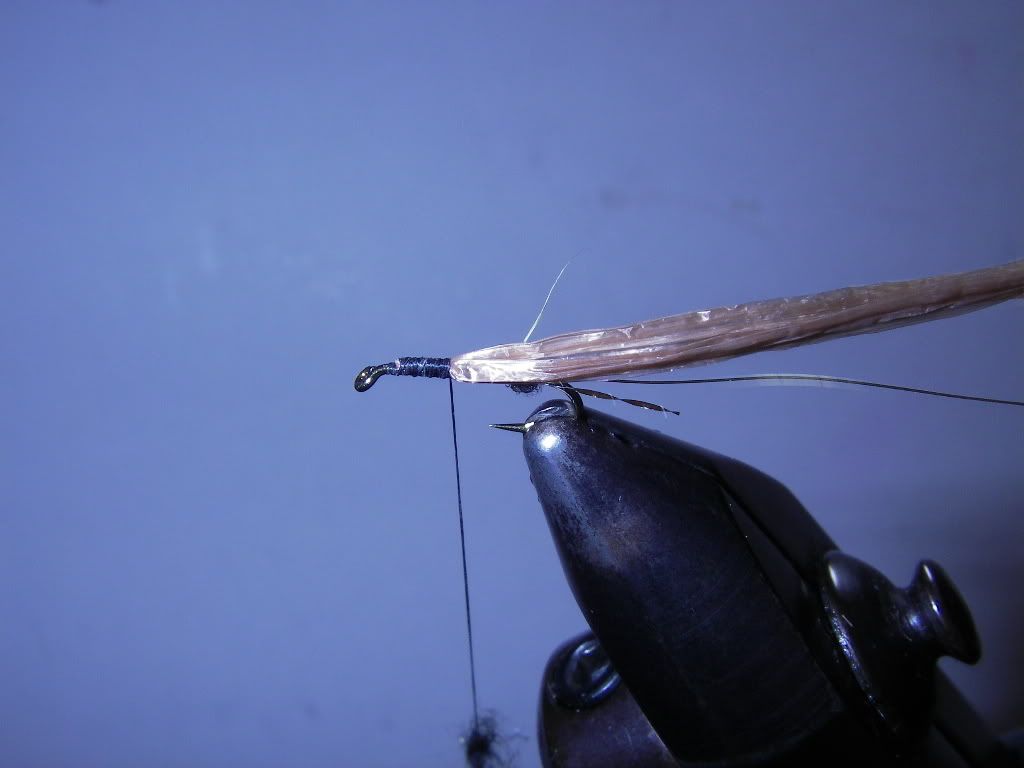

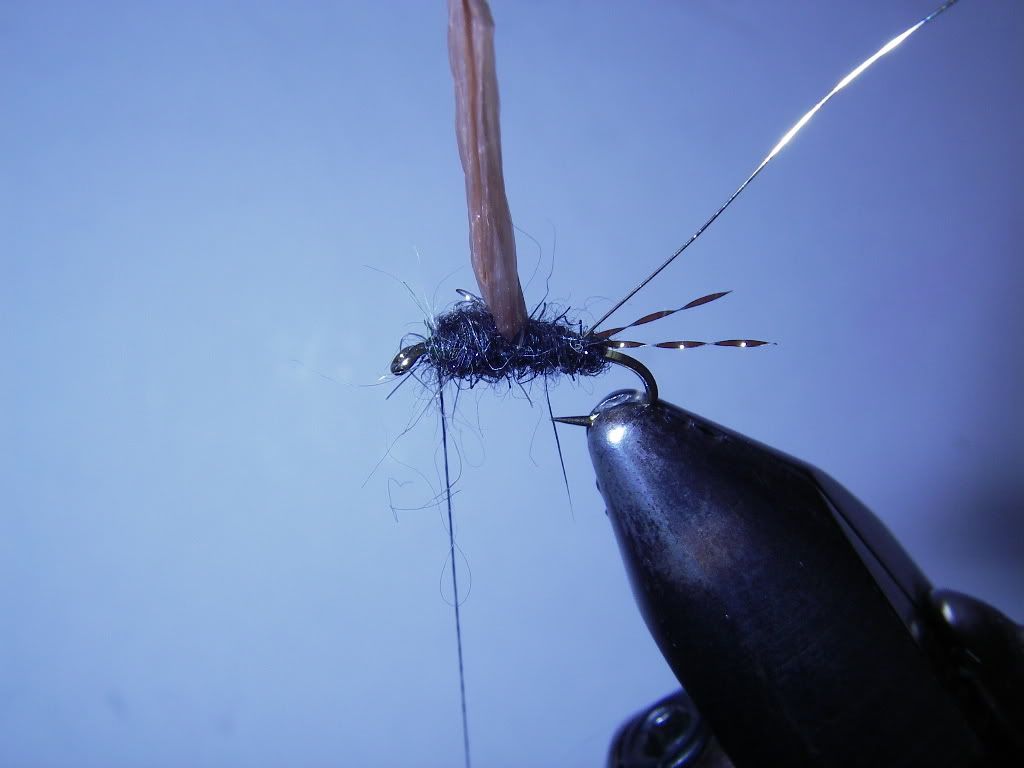


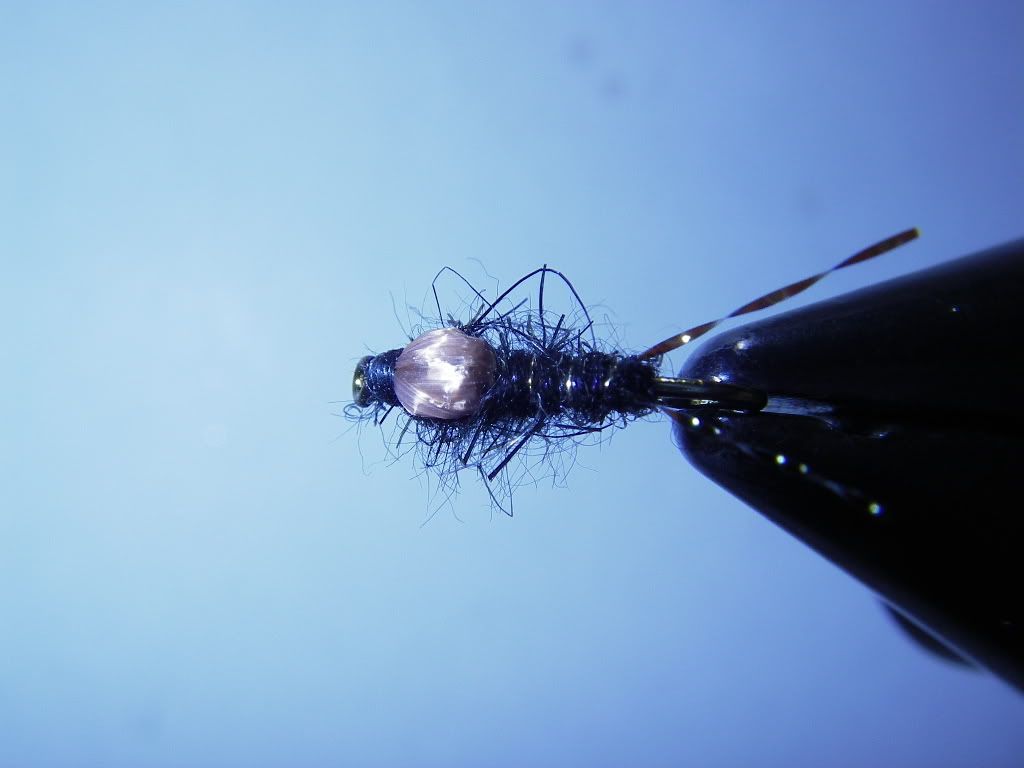

 Reply With Quote
Reply With Quote